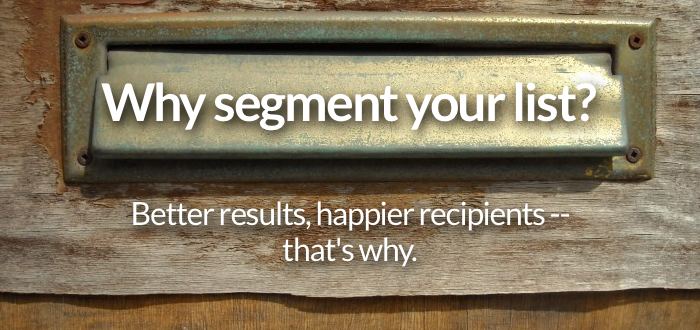You are viewing our site as a Broker, Switch Your View:
Agent | Broker Reset Filters to Default Back to List7 Ways to Segment Email Lists For Better Marketing
September 22 2014
The big, stupid email list is dead
The next person who uses "email blast" and actually means it will be publicly flogged. Long gone are the days that you send your entire list of contacts the same email, not taking into account what the person may care about, how you know them, where they are located, and what they may ultimately buy from you. Continuing to do this is email marketing suicide.
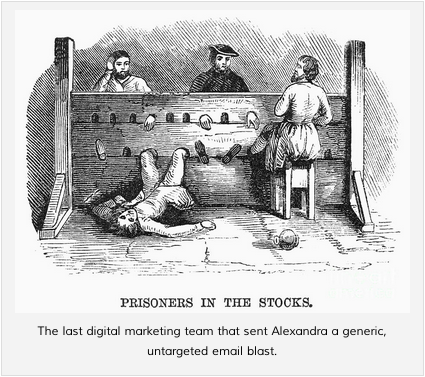 The good news is that there are sophisticated (and fairly simple) ways to fine tune and segment your email list so that your company's name is consistently a welcome breath of relevant fresh air in the dank, stagnant black hole that is the email inbox.
The good news is that there are sophisticated (and fairly simple) ways to fine tune and segment your email list so that your company's name is consistently a welcome breath of relevant fresh air in the dank, stagnant black hole that is the email inbox.
Dramatics aside, failing to segment your email list and send targeted messages results in mistrust and inability for your audience to separate the harmony from the noise (think Charlie Brown's mom). When you have something important that they may actually want to read, you will have lost them already.
How to segment with style and effectiveness:
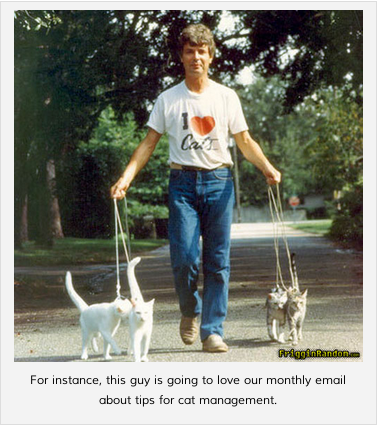
1. Know your personas. Whether you run a small business or you work in business development selling to Fortune 1000 companies, you have different types of people that you need to relay information to. The best way to understand who you market to is by dividing people into personas. Once you know your personas, do not send a message to anyone until you determine who will care (which persona(s)) and how they will most want to be communicated with. Personas can also include evangelists who may never buy from you but tell everyone about how much they love your company.
2. Determine where someone is in the customer journey. Depending upon where someone is on the buying path, you will want to relay different information. For someone who is very early in the process, who may not even know if she has the problem you solve, you're not going to try to get her on the phone for a demo. On the other side, someone who has been a customer for a few months will likely want to hear about new features or best practices. This type of message would be irrelevant and inappropriate for someone very early in her journey.
3. Get industry or role-specific. This is typically the no-brainer when people think of segmentation–the static values that might be listed on a company's LinkedIn page (industry, location, number of employees, etc.). However, I'd like you to think beyond using these values to fit people into a neat little box according to your structure. Instead, when looking at industry, consider what that industry might care most about this month. Don't bother the retailers in December unless you're going to tell them in 100 words or less how to get shipments out faster than Amazon. When segmenting for roles within an organization, you can be fairly industry agnostic. Typically, a CFO has certain cares and objections that would not be appropriate to address or target towards the Director of IT in the very same organization.
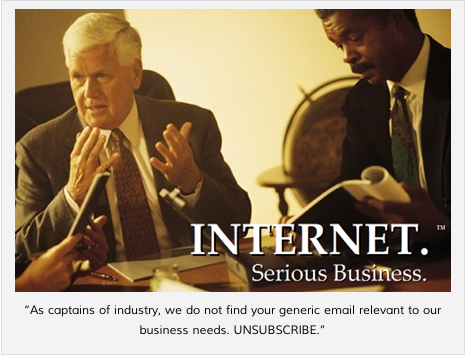
4. Understand site behavior. Through using marketing automation software, you can get very granular about what someone is interested in just based on page visits or navigation history. If you don't have software like this, instead look at what forms someone filled out previously or the source of where the lead came from. The people you met at a user experience conference should be segmented from those that run a small business and filled out a form requesting a free consultation on their website.
5. Review their history of downloads or interests. As you start writing and developing more content for your premium library, you'll be able to better understand what your site visitors are interested in, topic-wise, and signals of where they are on their customer journeys. This helps segment without overtly ask or without having to only segment based on static values like company size or zip code.
6. Design helpful forms. Forms on your website must draw a careful line between providing you with valuable information and not being an annoying obstacle for your site visitors. Think about what you really need to ask and make it as easy as possible. Also, think of roundabout ways of asking for qualitative information. For example, instead of asking about budget, maybe ask approximately how many SaaS platforms their companies pay for each month. Smartsheets put together a good compilation from digital marketing experts on what makes a great web form.
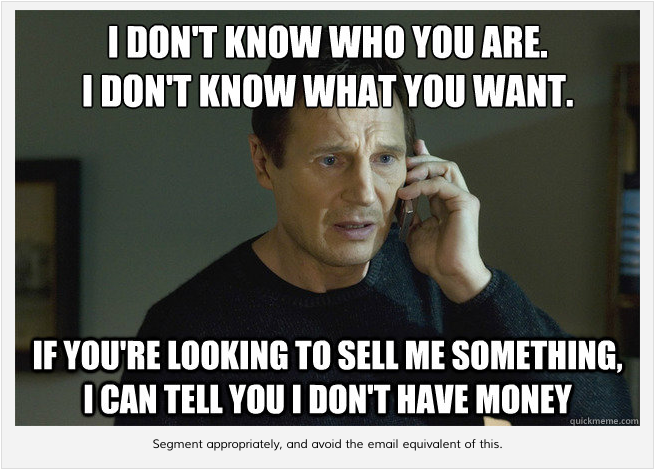
7. Maintain interaction appetite. If someone's not listening, yelling louder and more often is not going to help. When you think of it this way, it's obvious, but too often as marketers we are so hellbent on people using our service that we think the squeaky wheel will get the grease. Unfortunately, in this case, the grease is an unsubscribe click. Think of it in terms of dating (one of my favorite dating metaphors). If she does not respond to any of your multiple attempts to reach her, don't continue doing the same thing at the same frequency. Give her a break and come back with something fresh a few months later once she's forgotten that you might be annoying. Back to marketing...if someone does not engage with your marketing emails for months, consider putting them in a more limited segment that you only send your most valuable content to. If they don't bite on that, at least you know it's not because of noise overload.










